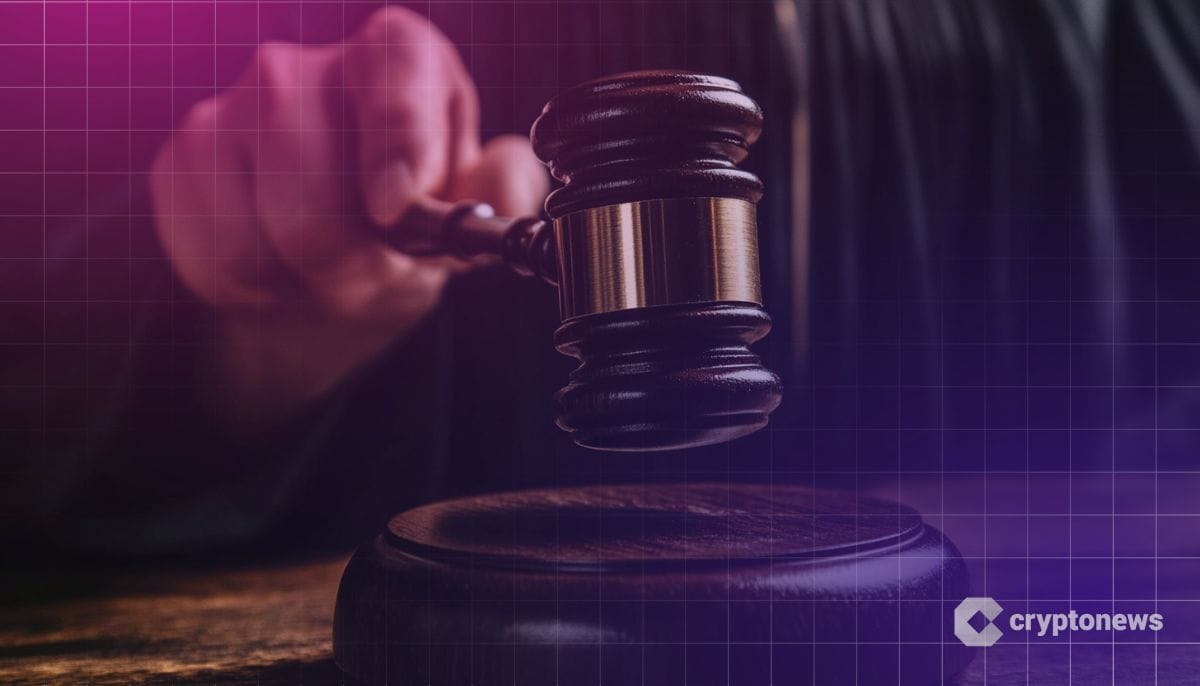Ethereum Developers Cite Blockchain State to Oppose Vitalik Buterin’s Gas Limit Increase Proposal

Source: Pixabay
Ethereum developers have expressed concerns over the recent proposal by the network’s co-founder Vitalik Buterin to increase the gas limit on the blockchain.
Opposition to Vitalik Buterin’s Proposal
In a Jan 11 blog post, Ethereum developer, Marius van der Wijden wrote “Why increasing the gas fee is difficult and pointed at the size of the blockchain state and resulting consequences as a key concern.
I wrote down some of my thoughts on raising the gas limit today: https://t.co/gX0eihUyYa
(Haven’t proof-read it, so if you find a mistake, you can keep it)
— MariusVanDerWijden (@vdWijden) January 11, 2024
According to him, raising the gas limit at the moment poses a risk to state size, missed block rate, synchronization times, history size, and client diversity while also proffering solutions to cover flagged areas if it’s the way forward.
The total size needed for the blockchain state which contains the contract data is 267 gigabytes while the total blockchain history stands at about 900 gigabytes which can lead to more growth should gas sizes increase.
On Oct 11, 2023, the total state storage was 87 GB while on June 6, 2023, it was less than 80 GB meaning it recorded a growth of almost 2 GB per month.
To put this into perspective, the space will be 111 GB in the next twelve months and 207 GB in the next five years making accessing and modifying such a large amount of data difficult.
“And this is only the snapshot, which is the plain state. Geth needs to store this state in a different form as well in order to verify the state root. This other format (the trie nodes) needs roughly 180GB at block 18418786.”
History and sync dilemma
History size remains another challenge as transaction count doubled in the last three years and with the deployment of layer 2 networks, history has become more important.
“EIP-4444 will solve the history growth problem since full nodes don’t need to store all of the history anymore. Implementing EIP-4444 requires a robust network for retrieving the history before we can allow full nodes to stop serving the history though,” the post added.
Raising the gas limit will increase the difficulty in building new clients for the mainnet as Geth is already with 10 years of experience leaving new clients the option of learning from previous ones.
Increasing the gas limit makes the full sync slower because of the need to download more data affecting the speeds of snap healing, history, and catching up.
Another Ethereum developer Peter Szilagyi wrote on X (formerly Twitter) that state size will grow faster along with DoS while sync will get slower.
What problem does increasing the gas limit solve?
Increasing it definitely has a downside. State will grow faster, sync time will get slower quicker, DoS potential will grow. Would be nice to have a number on those.
That said, what does increasing the gas limit net us?
— Péter Szilágyi (karalabe.eth) (@peter_szilagyi) January 11, 2024
“I feel we’re kind of yoloing this. Do we have the monitoring and metrics in place to see how things evolve? If not, IMO we should first have tooling that can point to the effect of a change *before* making that change. Otherwise, it’s gonna get summed to “look, not dead yet”.
The post Ethereum Developers Cite Blockchain State to Oppose Vitalik Buterin’s Gas Limit Increase Proposal appeared first on Cryptonews.



